Carabiners: A climber’s guide to biner basics
The carabiner is one of the greatest technological marvels of our time. They are also one of the simplest. Essentially, carabiners are just loops of metal with retractable gates or clips.
Sure, you might keep your keys on a carabiner or hook your dog to its leash with one, but carabiners serve a much higher purpose. I mean that literally. As a rock climber, there is not a single piece of gear that I use more than carabiners. From the bottom to the top of a climb I’m entirely reliant on this one simple device.
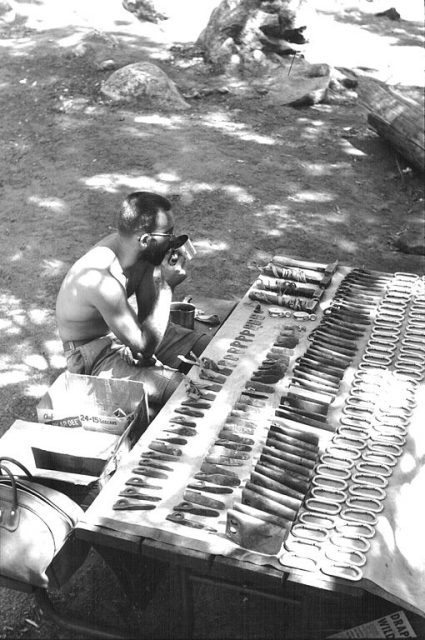
More than a century after it’s invention, there are hundreds of styles of carabiners. Each is designed with a different use in mind. If you’re new to high up places or want to learn more about this incredible piece of gear, you’ve come to the right place. We’ll look at the main styles of carabiners and cover everything you need to know before you get one.
First things first
Before we begin, let’s talk about strength. Specifically, load-bearing strength. Carabiners are designed to resist large forces. Climbers routinely trust their lives to these things. So it’s important that they are strong. However, there are a lot of carabiners that are simply designed for day to day use.
It is vital that you know the difference between a load-bearing carabiner and a non-loadbearing one. Hopefully, any carabiner not rated for climbing will say so on it. But just in case, always check the spine of the carabiner (the long side). There should be a strength rating in kilonewtons.
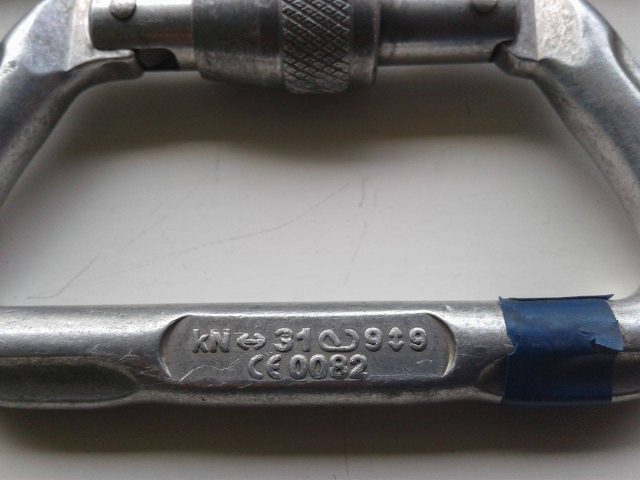
These are the forces (in kilonewtons) that the carabiner is rated to withstand in each direction. In this case, the first number is along the carabiner’s length, the second one is if it’s open, and the third one is if it’s cross loaded.
If a carabiner doesn’t have these strength ratings marked, don’t use it. If you learn to tell the difference between carabiners rated for climbing and those that are not, you’ll be okay.
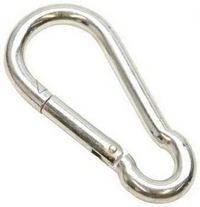
No carabiner rated for climbing will fail you unless you way thousands of pounds. In which case, there are bigger problems.
Types of carabiners
Most carabiners fit into one of two categories: Locking carabiners and non-locking carabiners. It’s just as it sounds, they either have or don’t have a lock on the gate. Lockers and non-lockers serve very different purposes, and there are several types of carabiners in each category.

Every climber has several of each type of carabiner on their rack, and most prefer different types for different uses.
Gated carabiners can be oval, d-shaped, or pear shaped. They also come in a variety of styles of the gate that are generally all either solid metal or a strong wire loop. For all intents and purposes, one gated carabiner is as strong as the next. I’ve never seen a climber compare strength ratings on gated carabiners. If you need strength to rig your next highline or something equally vital, use locking carabiners.
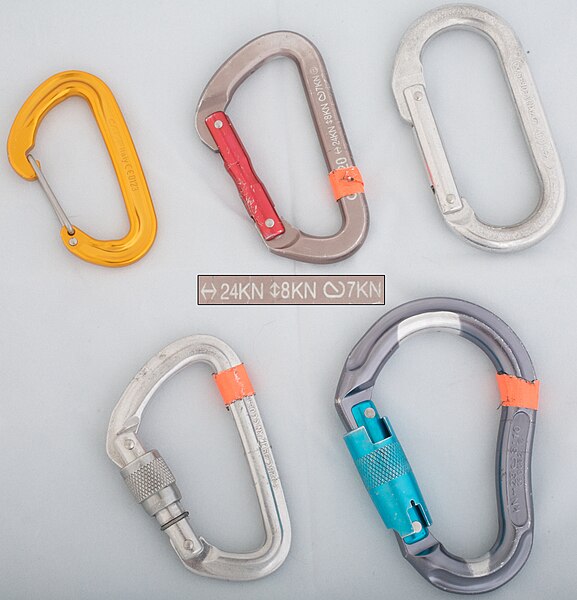
Locking carabiners are made in a variety of shapes that are mostly either oval or pear shaped. The sides can be rounded or recessed which affects how the rope will run over them and their overall weight.
Most notably, there are different locking gate styles. Some are screw operated. Others use an auto closing twist lock that you can’t forget to close.
Manufacturers are always coming out with the latest and greatest type of carabiner. And don’t get me wrong, a lot of the new designs are great and add excellent safety features. However, the tried and true screw gate carabiner is still just as safe. As long as you always remember to check that it’s locked.
Locking carabiners
These are the safest and most reliable carabiners. If I am at the top of a climb and clipping onto an anchor, I use a locker. If I’m going to set up a top rope for my friends to climb on, I use two lockers. Even if I just want to clip my backpack onto something, so it doesn’t fall off the side of a mountain, I use a locker. The reason is simple. They won’t open on accident. You can leave them and trust them 100%.
Screw gate
Screw gates are just what they sound like. You screw the lock tight to lock the gate, and you unscrew it to open it again. This is the original style of locking the gate, and it is still the most common form today.
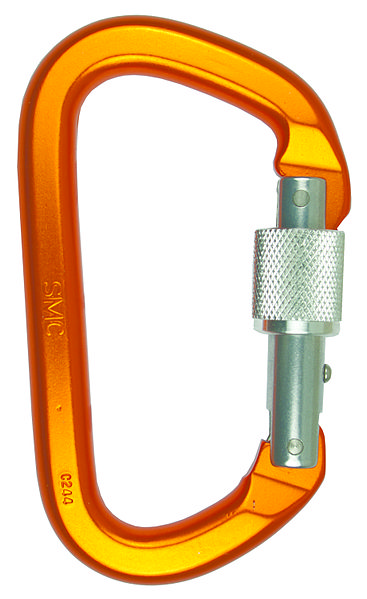
The primary concern with screw gate carabiners is that you always need to remember to lock them. For that reason, wise climbers develop the habit of always checking every carabiner by squeezing the gate twice before they weight it.
This applies to when you clip in on belay, as well as when you set up an anchor at the top of a climb. You should hear the gate click against the lock. If it opens, you caught yourself, and next time you’ll remember to lock it.
Twist gate
Twist gates prevent the possibility of forgetting to lock your gate. Their spring loaded lock must be pulled, and then twisted before it opens. As soon as you let go, they snap shut and locked.
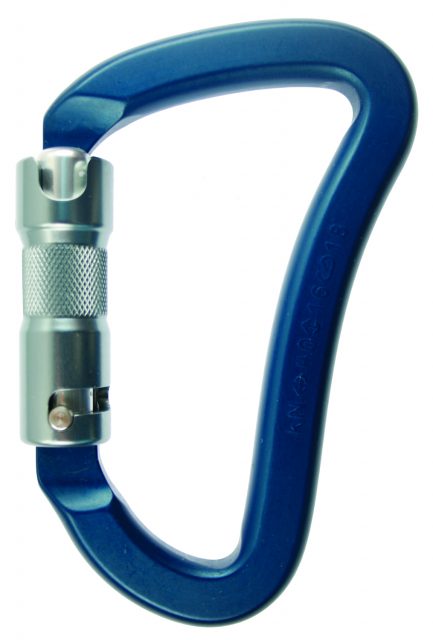
These are great to use with your belay device. You never want to forget to lock that one, and you only need to open it once before and once after a climb. However, they are a bit of a pain to use when setting up something like an anchor when you may need to open the same carabiner several times in a row.
Non locking carabiners
These are what protect a climber on the way up and what attach most all gear to your harness. While climbing, you don’t have time to screw and unscrew locking gates on all of your carabiners. So you leave the lockers for the really important jobs at the top and bottom usually.
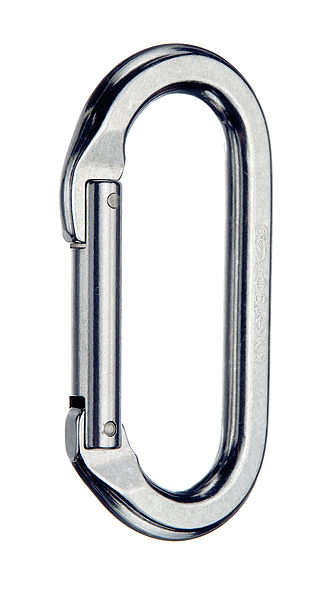
Nonlocking or gated carabiners are entirely safe and more than strong enough to catch you if you fall. There is, however, the slight risk that something could cause them to open if left unattended. For that reason, climbers always clip them in certain ways and pay close attention to the course of their climb. Even on a sports climb at the local crag, accidents can happen.
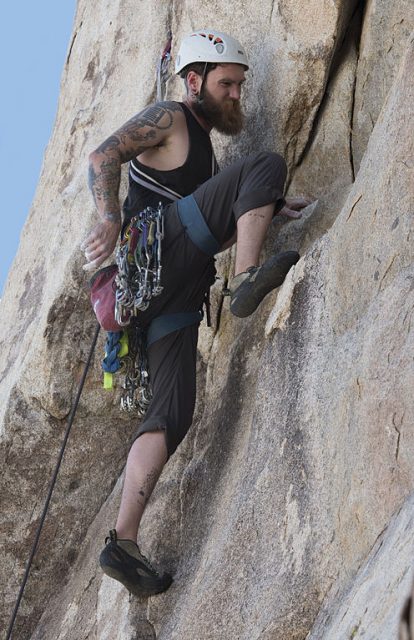
The two types of gates are wire gates and solid gates. The primary difference is weight. Both types are plenty strong enough to hold you. For that reason, I tend to go with wire gated carabiners on all of my gear. They are lighter and I think they look cooler. After all, it’s really all about looking cool while you climb. Oh, wait, wrong sport.
Round vs recessed
Here’s a really important tip to keep your rope in top shape. Ropes should only ever be pulled over rounded edges. It’s dangerous for a climbing rope to be weighted and slid over angular or sharp edges. Lower climbers on a round-edged carabiner, not a recessed one with sharp angles and edges.
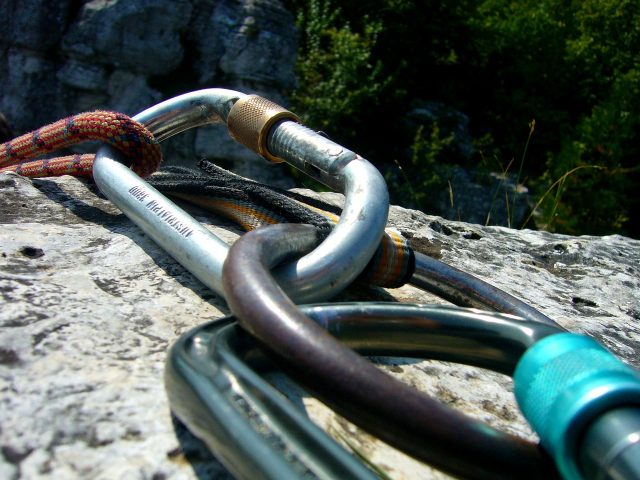
If you lower or pull a rope over a sharp edge, it will cause the sheath to twist around the core, and your rope will coil. This means that as the belayer lowers, the rope will begin to coil as it feeds into their belay device. It’s not only annoying, it seriously reduces the lifespan of your rope.
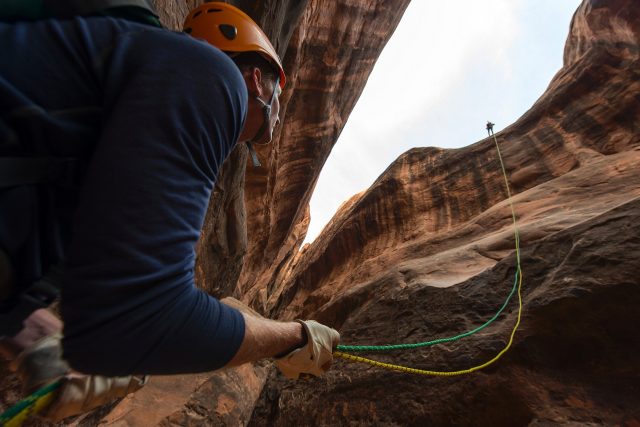
If your rope ever twists around itself over and over, it’s because someone lowered or rappelled on something with a sharp edge. You’ll know what I mean if it happens to you because you’ll be cursing your rope for being so cruel to you. Be sure to take care of your rope, you need it to take good care of you.
In review
Now you know what types of carabiners are out there, it’s time to get some. Start with some extra lockers. You’ll never have enough locking carabiners, and if you ever do, give them to me. I certainly will never have enough of them.
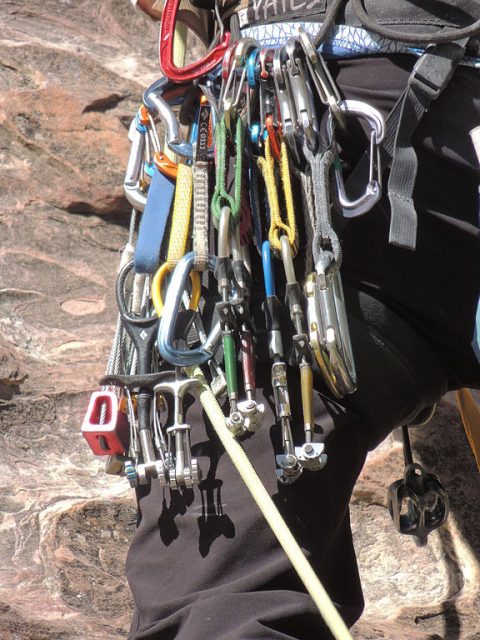
Most importantly have a knowledgeable friend, guide or teacher show you how to use them properly, how to clip them properly and how to care for them. You’ll learn to trust your life to carabiners. So it’s good that you’re learning everything you can now.
Go climb, have fun, and above all– be safe.
Have any comments or specific questions about gear? Drop us a message on our Outdoor Revival Facebook page
If you have a good story to tell or blog let us know about it on our FB page, we’re also happy for article or review submissions, we’d love to hear from you.
We live in a beautiful world, get out there and enjoy it.
Outdoor Revival – Reconnecting us all with the Outdoors





